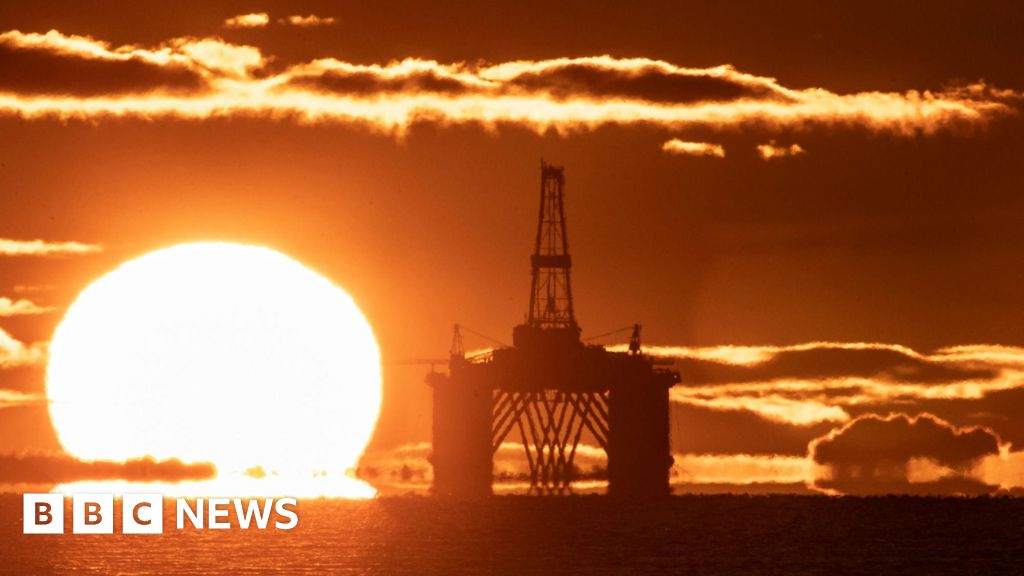The next decade is expected to see a mass shift to electric transport and heating, while data centres will devour ever more energy to service artificial intelligence.
So to critics and sceptics who ask ‘is all this really necessary?’ and ‘won’t these technologies be quickly replaced by better ones?’ the answer from this week’s report is:
“Inevitably, some areas will under-deliver, but most investments are low regret, and the risk of over-building is low, given the need to meet growing electricity demand through the 2030s.”
It would be hard to over-estimate the scale and cost of what is now being planned for the rest of this decade, and then beyond.
The costs build a formidable amount of corporate debt for customers to pay back over time through their bills. There is a risk that such a rush to get things built will lead to inflation in the supply chain for turbines and grids.
There is, for instance, a shortage of sub-station transformers in international markets, and of the ships needed for offshore turbine installation. The report also points to a serious shortage of the skills necessary to make this possible.
So with costs soaring, where is it that Ed Miliband can claim there will be a saving of up to £300 in annual energy bills?
Neso does not offer a typical bill in 2030 and beyond, saying there are too many variables in policy choices.
But it does set out at least a pathway to minimising the cost of funding this huge upfront capital spend with low running costs, while reducing dependence on the higher running cost of gas, with lower capital spend.
The 2022 price spike in gas prices translated into electricity bills through the pricing mechanism used. And although gas remains the power source of last resort in the system envisaged, it is anticipated that it will rarely set the marginal price that feeds through to bills.
Hence, less volatility in price, for sure, and lower bills, maybe.

